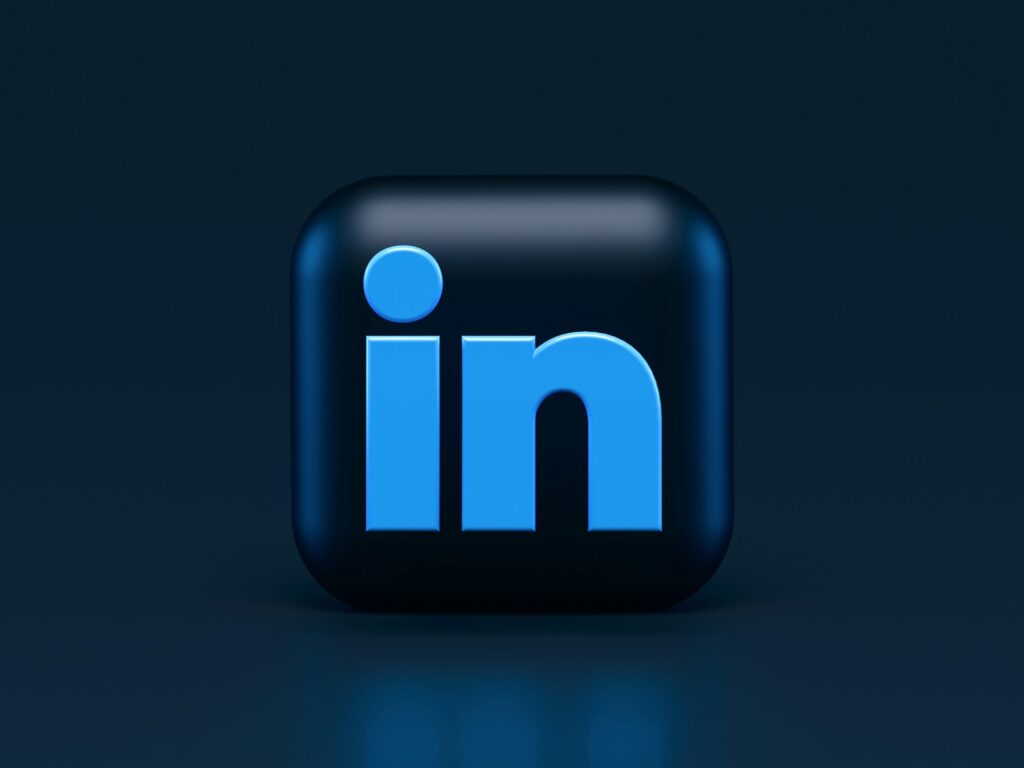If the last three years have shown us anything, it’s that things change. In the world of Digital Marketing this has solidified the fact that performance marketing reacts to economic changes and mirrors the natural ebbs and flows of the market. If anyone reading this has been involved in paid media in a cost of living crisis, you will be more than familiar with the journey. From the ecommerce boom across various lockdowns through to the current financial challenges we face, it’s been a time of having to be constantly agile.
Call it a cost of living crisis, the start of a recession or whatever you wish; the fact is that the majority of people are tightening their belts and making more conscious spending decisions. This means that unless your product (or service) is an absolute necessity, conversions will be harder to come by. Fact.

So what does this mean for us performance marketeers? Once again, the skill of the day is being able to read the market and adapt what you are doing to ensure continued value for your business or client.
Many marketing teams are finding themselves in situations where budgets have been reduced, but on the flip side, a big need to generate revenue and bring in valuable sales. Balancing both priorities is a big challenge and requires careful consideration and planning.
In this article, I am running through a few thoughts on how to approach the scenario.
Avoid knee jerk reactions:
The first and perhaps most important point is to avoid knee jerk reactions and staying away from taking drastic action before all the required facts are gathered. If you’re looking at reduced performance and struggling for profitable performance, have you pinpointed where the biggest pinch is occurring?
Our approach to turning around falling performance is to start by gathering a set of simple metrics across the purchase journey. Doing this means you can get a clear, factual set of evidence to guide your next move.
Think of metrics like CTR (are people still engaging with your ads?), add to cart rates (are people starting to move through the purchase journey?), checkout abandonments (are people falling out at the last minute?) and of course CPA / ROAS.
Cut sensibly:
If you do have to cut spend, getting this right is critical. Cut the wrong part of your spend and you’ll lose sales, cut the right part of your spend and you can drive efficiency and retain the same level of sales and revenue, but from less spend.
The above requires a solid grasp of your performance data and customer journeys, looking at exactly the right data in exactly the right way. Never, ever just dive in and make cuts without carefully looking for areas of efficiency first. Historical data is your best friend here.
Measure twice, cut once as the saying goes.
Sweat your traffic:
Also don’t forget to look at factors after the click to make sure your spend is working as hard as it possibly can. If you can find conversion rate gains on your landing pages, you instantly improve your return from ALL marketing channels and investments. That’s a big win for any business.
Similarly, make sure your basket and checkout processes are absolutely watertight. If your customers are being slightly more considerate with spend, factors that may have been no issue in the past might suddenly be causing greater than usual checkout abandonments.
Find these things, fix them, and make your marketing work harder.
Focus on profit:
It still baffles me that for most the metric of choice is ROAS against gross revenue. Whilst calculating an allowance for cost of goods can be acceptable, in a time of weaker market performance, you need to dig deeper.
Which products in your catalog sell and which products make profitable sales when compared against spend? If you’re running a substantial product feed for PMAX, Google Shopping or Dynamic Product Ads on Meta, you need to know and understand what products are driving revenue.
Using a tool like ROI Hunter can help you to quickly identify areas of your product catalog that aren’t selling profitably via paid media. Cut these products out and immediately your spend gets directed to profitable products.
The key here is going granular. Whilst a broader view may work perfectly well when things are going great, when times get tight you need to find any and every win you can.
Email:
Don’t forget email! For most businesses, email is one of the best performing channels, yet so often gets neglected in favour of other channels.
When was the last time you reviewed your email flows, tested new templates and experimented with subject lines? Revisit the basic optimisations and you might find that increase in performance you really need.
Now is also a great time to focus on email acquisition. Focusing on growing your database with new and relevant customers means you’re building a highly valuable asset for the future. Whilst it might take longer to nurture a new customer via email compared to other more direct response channels, it’s often extremely cost effective and highly profitable in the long run.
The hot topic in paid media for many years has been scaling. Growth and scale at whatever cost. Grow, grow, grow. And now, suddenly many of us are finding ourselves in situations where we’re having to do the opposite.
Whilst far less glamorous, the task is equally as important and requires just as much (if not more) careful consideration to get right.
Hopefully this post helps and if you have any questions around navigating paid media in a cost of living crisis, please do feel free to reach out for a chat.




